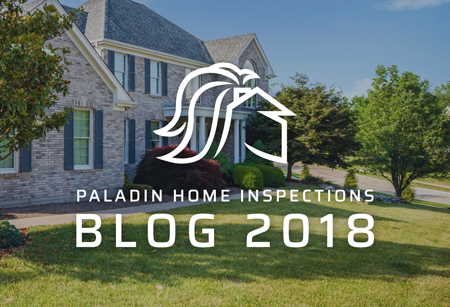Foam panels are great at insulating walls, but a half-done job is MUCH worse than one not done at all!

As a home inspector in the Stillwater, MN area, I often find basements with improper or poorly installed insulation. There are good reasons for insulating a basement. Insulating foam is a good product, but installing it without also installing a fire barrier such as drywall is a mistake. This post is going to concentrate on one problem associated with foam; flammability.
As foam is produced or applied it is, of course, flammable. As it cures, it gives off a lot of gasses that are harmful as well. but what about later? Is it totally safe?
Nope.
There are several foam products on the market; Spray Polyurethane Foam (SPUF), Expanded Polystyrene (EPS) and Extruded Polystyrene (XPS) to name a few. All have high R-value, resist mold growth and can be installed easily.
But there is a downside.
All of them burn. And when they do, they burn hot and fast, and produce toxic fumes. To be fair, there are flame resistant products on the market, but there is a world of difference between flame resistant and flame proof.
Drywall is commonly used as a fire barrier. It is relatively inexpensive and (also relatively) easy to install. 1/2 inch drywall had a fire rating of 30 minutes; Type X has 60.
The bottom line is that it pays to educate yourself before fixing your house. Don’t let the cure be worse than the problem itself.


